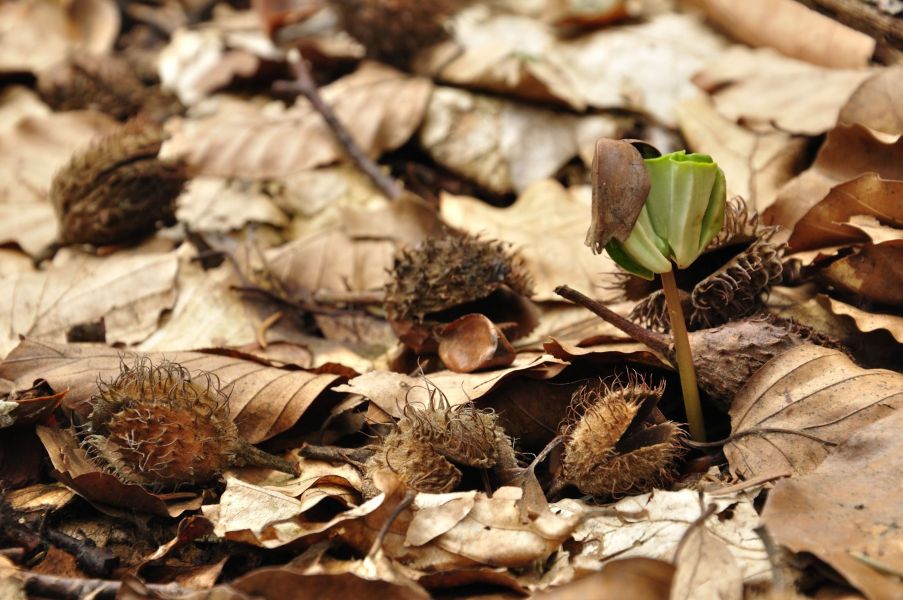Mast seeding is a periodic phenomenon where plants, notably trees, synchronize their production to yield a large volume of seeds. For years, scientists have been intrigued by the reasons behind this synchronous reproductive strategy.
A prevailing theory, known as the consumer satiation hypothesis, proposes a rationale. It suggests that by inundating the environment with seeds, plants decrease the likelihood of individual seeds being consumed by animals. Here's how this defense strategy is thought to work: in the intervals between these mast seeding events, the population of seed-eating animals dwindles because of food scarcity. Then, during a mast year, plants produce such an abundance of seeds that these diminished animal populations can't possibly eat them all.
But is this hypothesis accurate? A team from the Faculty of Biology at UAM delved into this question. By statistically examining numerous studies conducted over the past four decades, they determined that this strategy does, in fact, enhance the protection of seeds. They noted that when periods of low seed production alternate with periods of high seed production, seeds have the best chance of survival.
However, the research also unveiled an emerging issue: mast seeding events appear to be losing their efficacy in satiating seed consumers. This decline is suspected to be a consequence of global warming altering seed production dynamics. Such a shift is concerning, as it could undermine trees' natural defense mechanism, making their seeds more vulnerable to consumption.
The research was conducted as part of the research project NCN 2018/30/M/NZ8/00052 led by Prof. Rafał Zwolak, in collaboration with Mgr. Paulina Celebias and Prof. Michał Bogdziewicz.
Zwolak, R., Celebias, P., & Bogdziewicz, M. (2022). Global patterns in the predator satiation effect of masting: A meta-analysis. Proceedings of the National Academy of Sciences, 119(11), e2105655119. https://doi.org/10.1073/pnas.2105655119
Photo by Julia & Stanisław Pagacz.


